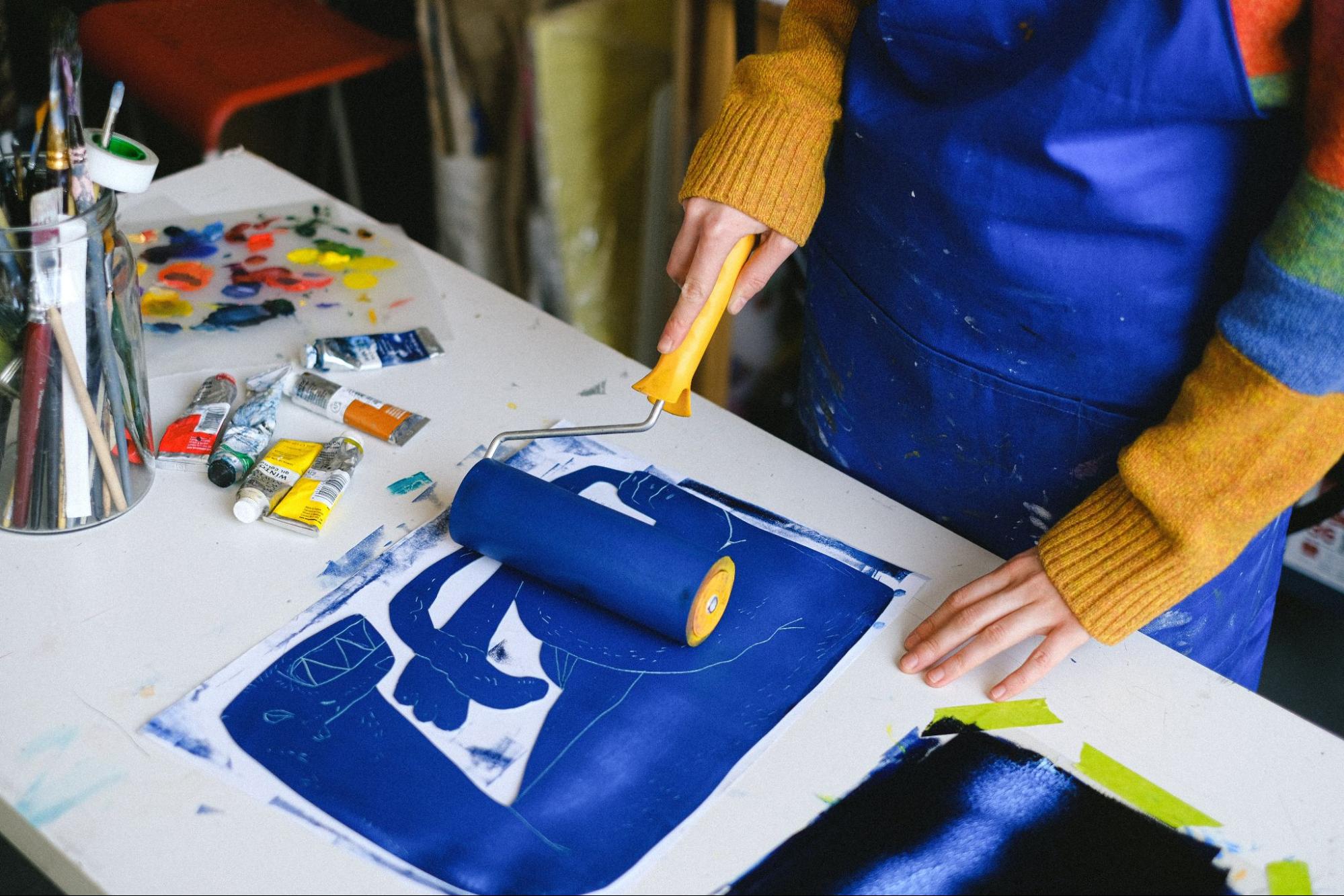Table of Contents
ToggleHow to Make a Photo Black and White in Illustrator
Ever find yourself staring at a vibrant picture, wondering how it would look stripped of color? I’ve been there, and I can tell you that the answer isn’t far off. With Adobe Illustrator’s versatile tools, transforming an image into black and white is as easy as pie.
The process begins by editing colors in the software itself. Now, don’t let the technicalities scare you away – Illustrator might seem like a complex beast but once you get to know it, it’ll be your best friend for photo editing. We’re going to dive right into how to make a photo black and white using this powerful tool.
In essence, what we’re doing is manipulating hues and saturations until we reach our desired aesthetic: a stunning grayscale image. So buckle up – here’s your guide on how to make a photo black and white in Illustrator. This isn’t just about removing color; it’s about reshaping our perception of imagery altogether!
Understanding the Basics of Adobe Illustrator
Diving into the world of Adobe Illustrator can feel a tad bit overwhelming at first. It’s not just about editing colors or making a photo black and white. The real magic lies in understanding its basics, and that’s what we’ll focus on today.
To start with, Adobe Illustrator stands out as a vector graphics editor that artists and graphic designers use to create logos, icons, typography, and complex illustrations. Unlike raster images which are pixel-based, vector images are mathematical calculations from one point to another – enabling crisp and high-resolution outputs no matter how much you zoom in or out.
Now let’s talk about workspaces. A workspace in Illustrator is like your personal creative studio where all your tools are arranged for easy access. You’ve got panels on one side displaying tools such as Artboards, Layers, Color, Swatches etc., while the other side showcases menus like File, Edit, Object etc., offering you more comprehensive functionalities.
One key feature I’d love to highlight is the ‘Path’. Paths form the core of any illustration in this software – they’re essentially lines connecting two points. They can be open-ended (like lines) or closed (like circles). But here’s where it gets interesting: paths aren’t restricted to simple straight lines or curves; they can be manipulated into virtually any shape using anchor points!
Speaking of shapes, creating them couldn’t be easier! From rectangles to ellipses to polygons – it’s all available under the ‘Shape Tool. And guess what? If you’re looking for custom shapes – there’s an option for that too!
Finally yet importantly comes layers – akin to transparent sheets stacked over each other where each sheet contains different parts of your overall artwork. Layers not only help organize your design but also provide flexibility when editing specific sections without affecting others.
So whether it’s about ‘Editing Colors’ or learning ‘How to Make a Photo Black and White in Illustrator’, mastering these basics will certainly pave the way for your seamless journey through Adobe Illustrator.

The Importance of Color Editing in Photography
I’ve gotta tell you, mastering the art of color editing isn’t just a fun pastime; it’s an essential skill for any aspiring photographer. It’s like having a magic wand that can transform a dull photo into an extraordinary piece of artwork. Specifically, understanding how to edit colors and make a photo black and white in Illustrator is an important part of this process.
So why does color editing matter so much? Well, for starters, it can significantly enhance the visual impact of your photographs. Imagine capturing the perfect sunset but realizing later on that the colors don’t seem as vibrant as they did in real life. With color editing tools at hand, you’re able to recreate those gorgeous hues and breathe life back into your picture.
Aside from enhancing natural beauty, color editing also allows photographers to convey unique stories or evoke specific emotions with their work. Want your image to feel nostalgic or timeless? Turning it black and white might do the trick! Maybe you’d prefer to highlight certain elements within a busy scene? Playing around with saturation levels could help those features stand out.
Here are some key benefits:
- Enhancing Visual Impact: Brighten up dull photos by adjusting colors.
- Conveying Emotion: Use different color schemes to evoke particular feelings.
- Highlighting Key Elements: Draw attention to specific parts of an image by playing around with saturation levels.
In today’s digital age where images are shared across various platforms at lightning speed, high-quality visuals have never been more critical. So whether I’m working on personal projects or commercial assignments, I always set aside time for thorough post-processing – including detailed color edits using Illustrator.
Moreover, becoming proficient in software like Illustrator doesn’t only elevate my photography game; it also opens doors for other creative opportunities such as graphic design or digital artistry. After all, who knows when I’ll need to whip up a quick logo or custom illustration?
To sum it up, color editing in photography is a powerful tool that lets me enhance, experiment with, and elevate my work. It’s an investment of time that always pays off – and I wouldn’t have it any other way!






